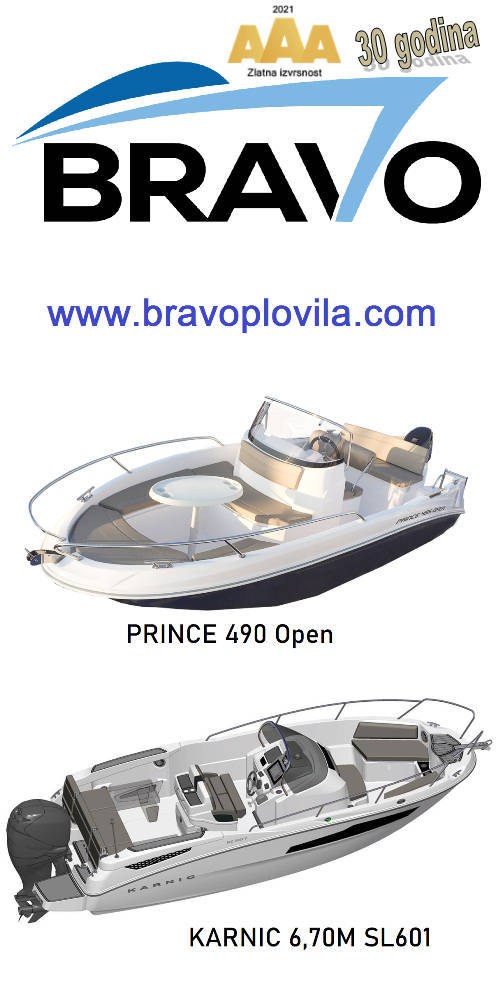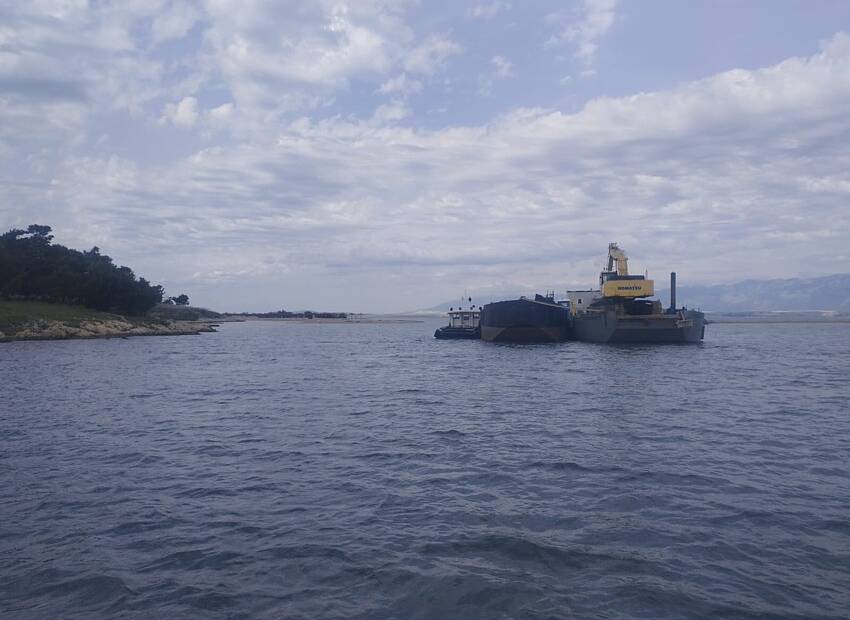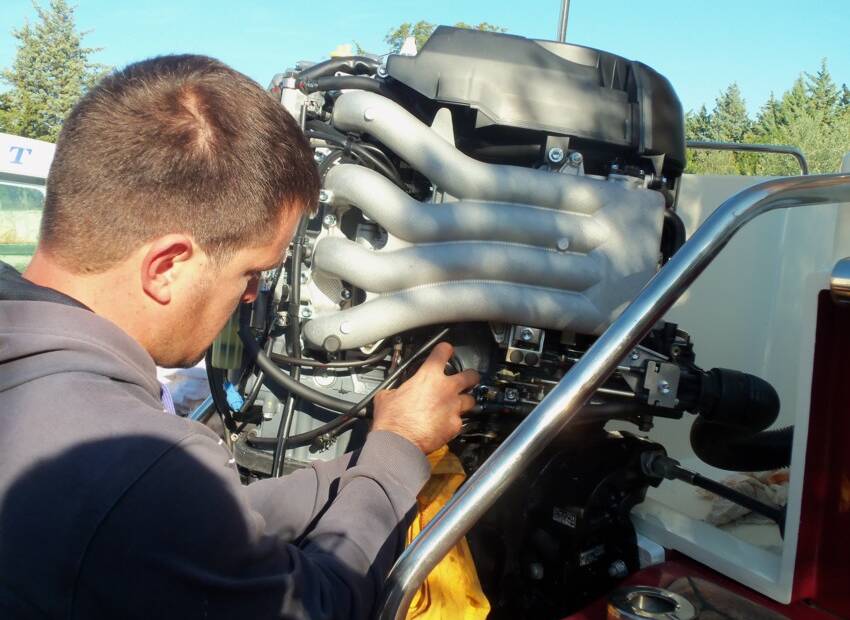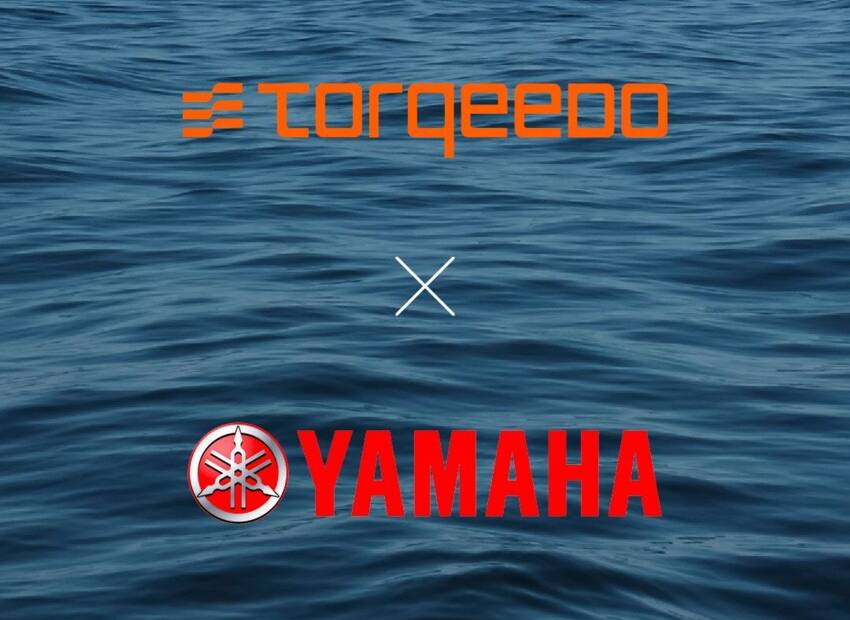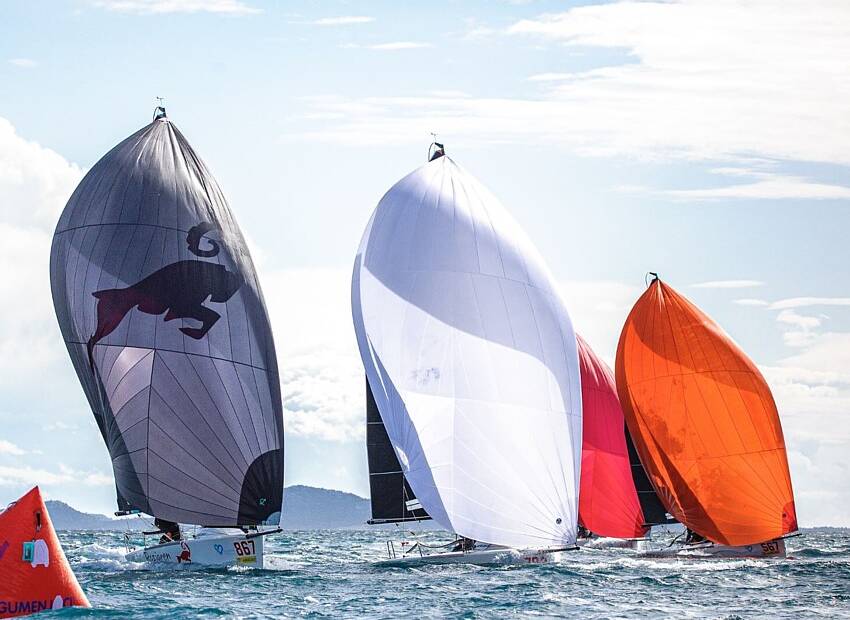Have you ever wondered how the pros dock a boat...
Find an open area outside of restricted marinas, channels or canals. This will allow you to practice the skills below without the worry of being in another boats way or grounding on a muddy shoal.
and make it look so smooth and easy that anyone could do it?
Did you know that it all starts with an intimate awareness...
of how your particular sailboats reacts to the magic combination...
of rudder, engine throttle, and engine shifter.
Master these five vital "boat handling under power" skills to become...
a more skilled and confident skipper in docking and maneuvering.
in any marina or narrow channel anywhere you choose to cruise!
1. Pivot Your Boat in a Tight Circle
Learn how your boat reacts when you hold the wheel or tiller all the way over to one side. Make this test. Drop a fender or life-ring in the water. Position your boat with the object off your beam. Turn wheel or tiller hard toward the object. Put the shifter into idle ahead propulsion. Complete a 360° circle. Repeat the maneuver with the object off the opposite beam.
Which turning circle was tighter? Were you able to stay closer to the object when you turned to the left or right? Boats with right hand propellers (the prop rotates to the right in ahead propulsion) make tighter circles to the left.
That's because your prop "walks" the stern to the right--and the bow to the left. If you need to turn around in a limited space, you can take advantage of your boat's tighter turning circle to get around faster.
2. Back and Fill to Stay Stationary
Practice backing and filling. Hold your rudder or tiller hard over to one side and keep it in place. Avoid the temptation to shift your rudder. Hold it in place throughout the maneuver.
Give the throttle a one second burst of ahead propulsion--not all the way; just a light burst of power. Immediately place the engine into neutral for one-half second. Then give the throttle a one second burst of astern propulsion. Do this through a 360° circle. Now back and fill in the other direction.
Which pivot-circle was tighter? Boats with right hand propellers pivot to starboard tighter. That's because in reverse, a right hand propeller rotates to the left. Each time you shift into reverse in the back and fill sequence, your prop "walks" the stern to the left--and the bow to the right.
Use this to your advantage. In tight quarters like a marina, master boat handlers always stay ready to use backing and filling. And if they have right hand props, they will keep a bit more room to starboard if possible in case they need to make a tight pivot.
3. Maintain Position in the Elements
Point your bow or stern into the wind or current. Use just enough engine throttle to maintain a stationary position. Now, back and fill through 180° until the other end of your boat points into wind or current. Use just enough engine throttle to maintain stationary position.
This skill teaches you how to "keep station" if you need to wait to enter a slip, hold position until a spot opens on a fuel pier, or twist your boat around in the opposite direction if you need to change docking sides.
4. Adjust Your Speed to Bare Steerage
Use just enough speed in any approach, maneuver, turn, docking, or undocking to maintain positive control. More than any other factor, speed blows docking and maneuvering approaches time and again. As long as water flows over the rudder blade, you will maintain control.
Put this image into you head at all times in tight quarters--"eggs"--not fenders--eggs. Imagine that you have hung eggs along the side of your boat to cushion contact with a pier, seawall, wharf, piling, or another boat. Keep that in mind. Now dock your boat or un-dock your boat. This will help you make those fine adjustments the pros use to plan way ahead to allow for an unexpected wind gust or current eddy.
5. Prepare for the Unexpected
How many boats have you seen come into a marina without lines ready, coiled in hand or fenders set? See the "Related Articles" below on how to prepare and use spring lines. In any event, rig lines and fenders on both sides of the boat. If you need to change docking sides or the engine conks out and you need to get a line across right away, you may need to switch sides.
Keep a small anchor ready at the stern that can be tossed over in case you need to slow or stop the boat. Look for open slips or pier space where you could dock your boat in case your engine died. Stay flexible and ready for the unexpected to boost your docking confidence and lower your stress.
~~~~~~~~~~~~~~~~~~~~
Every sailing skipper needs to learn what it takes to get his or her small sailboat to heave to. Use these five easy steps to maintain complete control over your small cruising boat in any sailing weather that comes your way.
Use these vital sailing tips to reef any sail like a pro. These secrets will give your costly sails longer life and provide your with power and performance when the weather pipes up--wherever in the world you choose to race or cruise!
| Master boat handlers use little or no rudder during restricted maneuvers. -- Captain John, from Seamanship Secrets |
Get instant access to 400+ sailing articles, videos, live discussion forums, and free ebooks! Click here to find out more!
Captain John






